
Explainer | 1980s Hong Kong cinema: From Chow Yun-fat, Leslie Cheung and Anita Mui to gangster films and adults-only movies, it was a rich era
- In Hong Kong cinema in the 1980s, martial arts films were updated to modern settings and bloodthirsty gangster films took off along with Chow Yun-fat
- The big studios were losing their iron grip on the industry, and the Category III classification brought a new soft-core porn genre to Hong Kong cinema
The 1960s, 70s and 90s are all considered golden ages for Hong Kong cinema – but what about the 80s?
It was an era when home-grown Cantonese-language films outperformed Hollywood films at the local box office, “heroic bloodshed” became a genre, and Chow Yun-fat became a superstar.
Below we revisit what happened in this less discussed but equally rich era of Hong Kong filmmaking.
Cinema started to reflect modern Hong Kong life
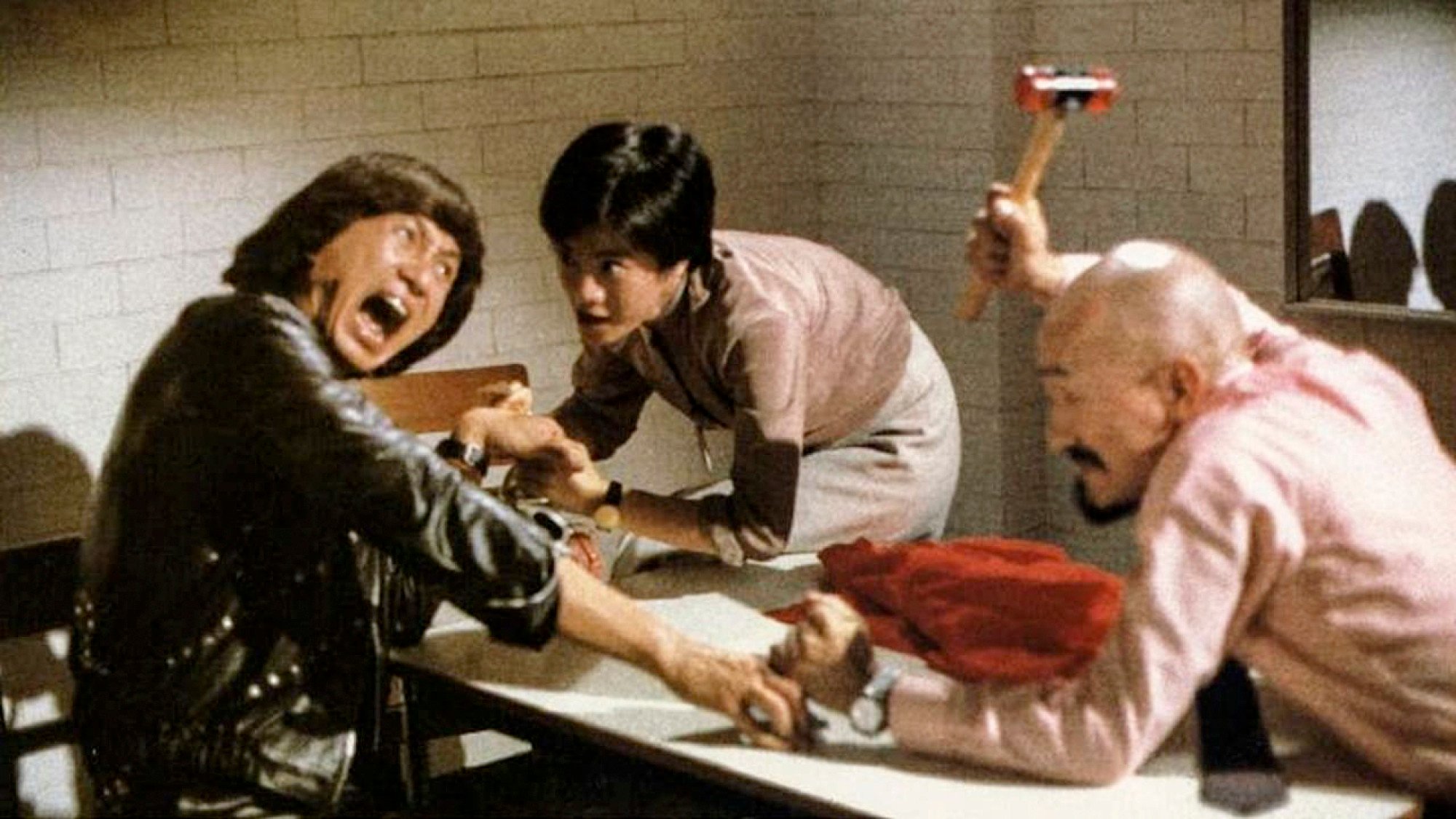
The 80s was when Hong Kong cinema became truly local and started to reflect the daily lives of the then-British colony’s inhabitants.
The urban films of the 50s and 60s had been idealised and moralistic, and martial arts films – the backbone of the industry in the 60s and 70s – mainly set in historical China.
“The more traditional genres with historical backgrounds in China gave way to more Westernised urbanised genres,” critic Sek Kei wrote in 1991, in a survey of the 80s.
Hong Kong New Wave cinema: the directors and their groundbreaking movies
As in the West, the late 80s also saw a mini-genre of “Yuppie films” like The Yuppie Fantasia, which reflected the changes in Hong Kong society and were popular with middle-class cinema-goers.
But by the 1990s, period films were back with a vengeance.

Hong Kong finally got an adults-only rating
Hong Kong lacked an adults-only rating until 1988, and this meant films could be banned or cut because of their content – sex scenes were sometimes excised – and for their political and social ideas.
Those banned included the gay film The Boys in the Band and the crime movie Shaft, the latter because the censors thought it gave the impression citizens should take the law into their own hands.
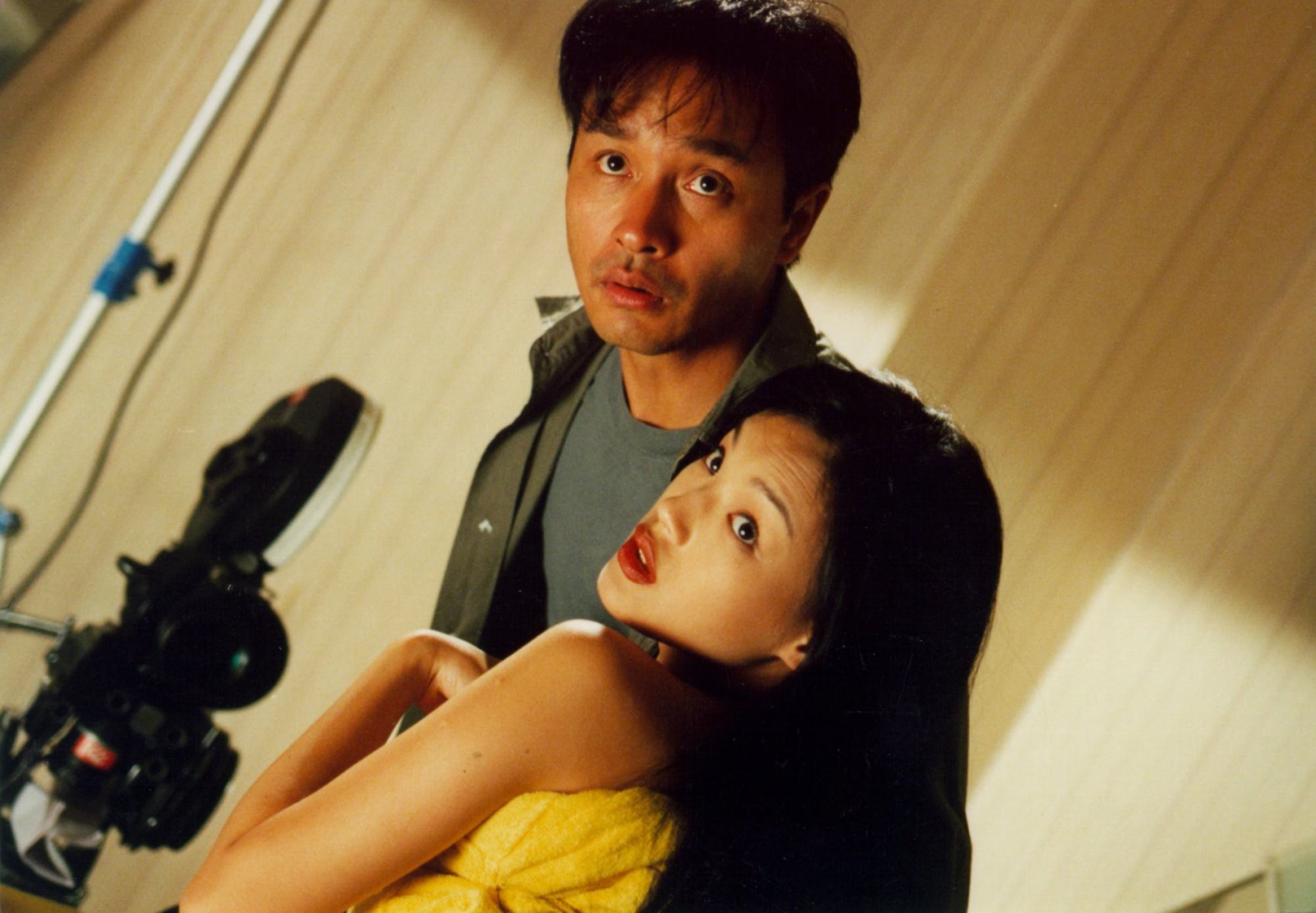
The Film Censorship Ordinance of 1988 established the adults-only Category III rating, and film buffs thought this would enable more progressive foreign art-house films to be shown in the colony.
In fact it triggered an explosion of local soft-core porn films, which became a genre of their own.
Gangster films took off; the ‘heroic bloodshed’ era dawned

Scores of violent and bloody gangster films of varying quality were released until 1989, when the genre began to fade. These films brought technical innovation and helped modernise Hong Kong cinema.
“The 80s saw a greater emphasis on special effects hardware and more stunt work to make the gun battles seem more gory and real,” wrote Sek Kei.
“This development in adding special effects and action stunts [was] the major technical achievement of Hong Kong cinema in the 80s.”
The era of the big studios ended
This marked the end of the classic studio era that had dominated Hong Kong. Smaller, independent producers became the order of the day.
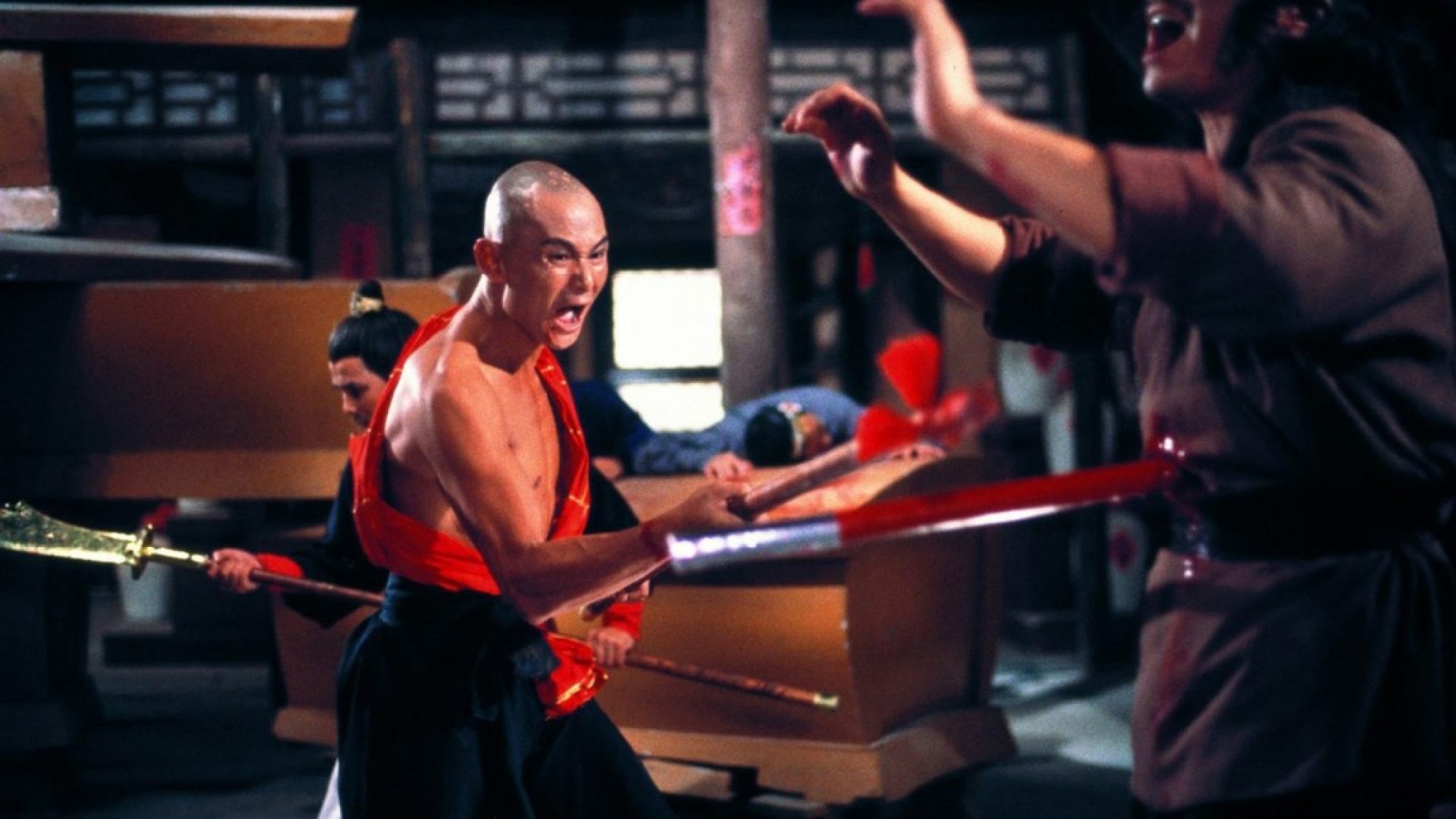
Oddly, the star system – through which the major film studios created and manipulated stars – continued after the studios declined.
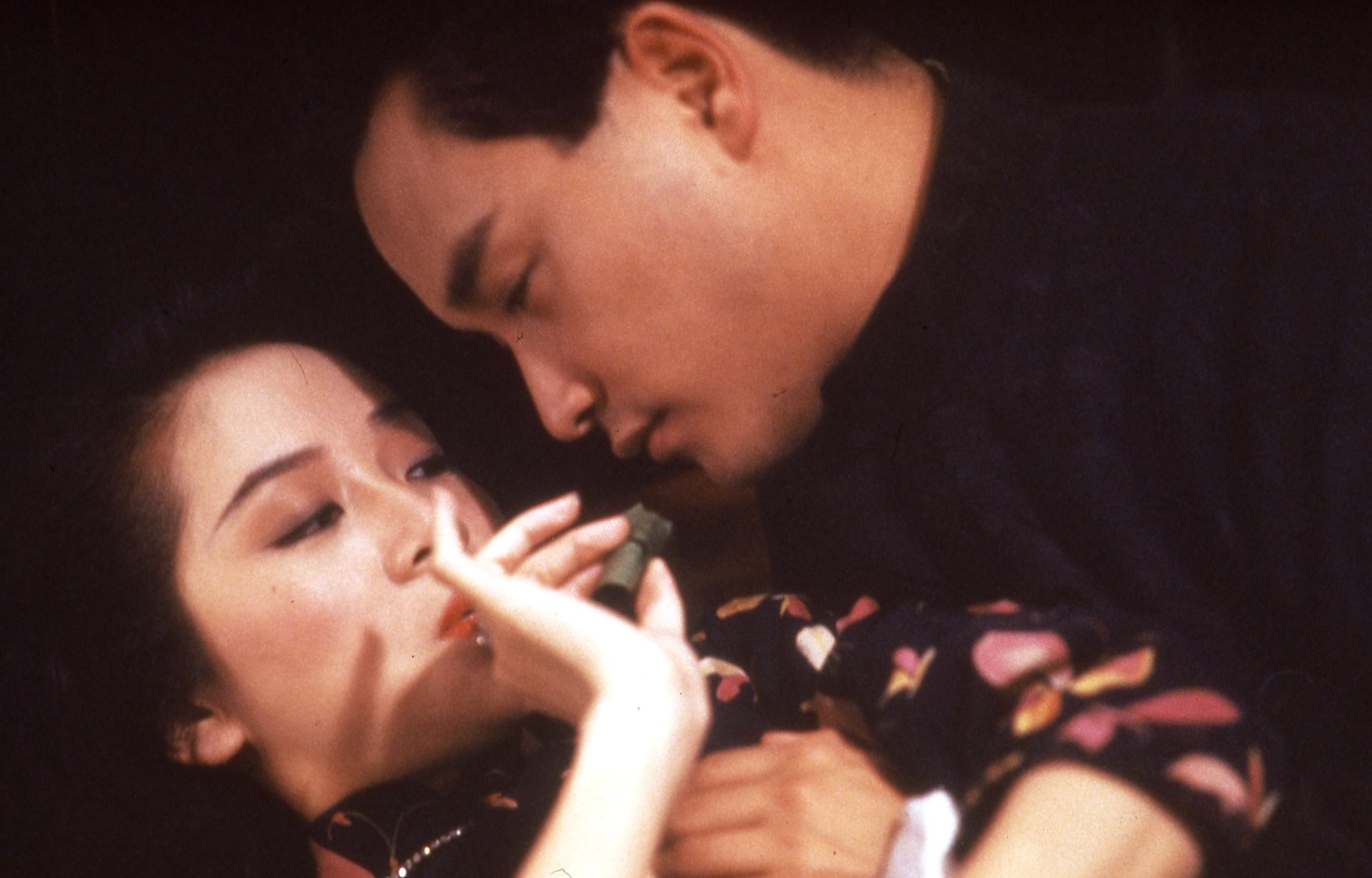
Martial arts out, comedies in
“Action and comedy were a good combination for box office returns,” declared critic Law Kar. Production house Cinema City was the box office champion with the goofy action-oriented Aces Go Places comedy series.

Chow Yun-fat was the face of the decade
“Not only the most popular, but the best actor in Hong Kong,” wrote then Post critic Paul Fonoroff in 1991. “Something of a trend in himself, having starred in some three dozen films between 1986 and 1989.”
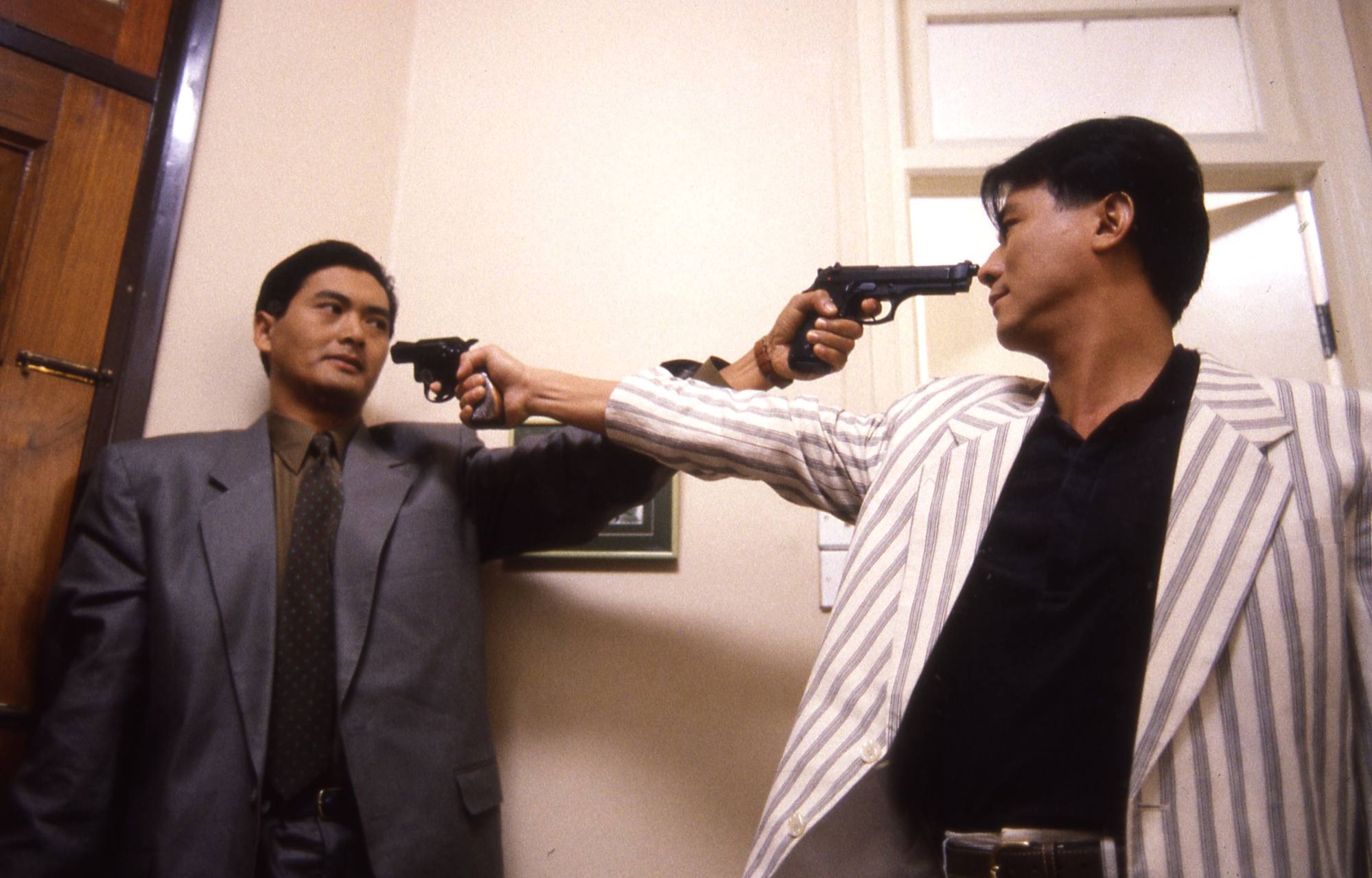
Funny horror stories
The slapstick films about zombies controlled by a priestly corpse-driver had their basis in Chinese mythology, but the settings were once again updated to modern times.

Still, the Chinoiserie of the films kept a connection with historical China when most other genres had moved on.
Hong Kong art-house films appeared
The 1984 Joint Declaration to return Hong Kong to China and the 1989 Tiananmen crackdown worried and horrified filmmakers, but the events were not addressed directly in feature films.
In this regular feature series on the best of Hong Kong cinema, we examine the legacy of classic films, re-evaluate the careers of its greatest stars, and revisit some of the lesser-known aspects of the beloved industry.
